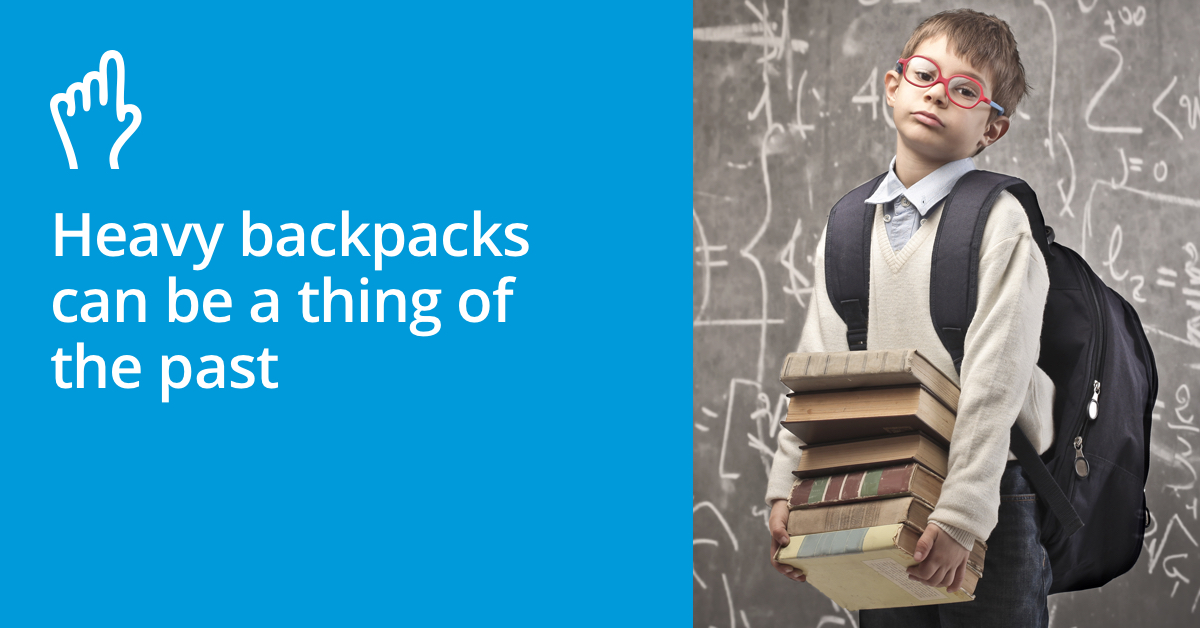Why do we keep on reinventing the wheel?
Every teacher, young and old, is told, don’t reinvent the wheel, and yet they do. Create our own resources? We can’t help ourselves. It’s a labour of love, a badge of honour. We want to differentiate, make our mark, make it all as interesting as possible for our pupils. Using a textbook seems lazy, somehow. We all want some professional autonomy. We’re not automatons.
And why reinvent anything? From wheels and cars to clothes and cocktails, we reinvent stuff cos it’s fun.
Rip up the textbook
Some teachers don’t reinvent the textbook so much as rip it up.
There’s that iconic scene in the film Dead poets society. The one where English teacher John Keating, memorably played by the late, great Robin Williams, exhorts his pupils to tear the introductory pages out of the textbook. His Waspy pupils are uncertain. Years of teaching – or indoctrination – has taught them to revere the printed word, textbooks especially. You might as well ask them to tear up the Bible.
And yet rip up the textbook is often what teachers would like their pupils to do. Or, rather, they want their pupils to tear up some sections and savour others as if their very souls depended on it.
Or play it by the textbook?
Gone are the days of teachers slavishly following the textbook or those teachers who talk, often with a cynical look, of “being just one page ahead in the textbook”. Keating wants the boys to rip out the section which so narrowly defines – or dictates – what makes a poem “great”. He encourages them to have other ideas – to explore their own, in fact. Much of the fun of that scene is how the class swot obediently listens so closely to everything that Keating goes on to debunk. He even frantically uses his ruler to copy the graph showing the formula for a great poem. “Excrement – that is what I think of Mr J. Evans Pritchard.” J. Evans Pritchard is the author of the textbook. Now Keating has their attention. “We’re not laying pipe. We’re talking about poetry.” Great lines. The boys proceed to rip out the introduction of the textbook, their emerging personalities coming to the fore. The screenplay, direction, casting, and acting are pitch perfect. The class swot is the last to join in the frenzy, doing so cautiously and using his ruler to meticulously tear out each page.
A more pragmatic approach
Moving on a few years, today’s teachers don’t so casually dismiss the best of what’s out there. Broadminded in their tastes, and open minded in their approach, they take help where they can get it.
They know the dangers of TMI or too much information. They want to quickly and easily cherry-pick what works and what doesn’t, tailoring what’s out there to suit the needs of the actual pupils in front of them, day in, day out.
Not all textbooks are created equal
There’s no one size fits all for textbooks, though modern day J. Evans Pritchards have a valiant go.
Most teachers treat textbooks as a movable feast of sorts or, more accurately, an “all you can eat” buffet. It would be foolish to eat everything on the menu – though some have tried – there simply isn’t the time or stomach/head capacity.
Teachers know that there’s always a hierarchy of information. Top tips… rise to the top. Firm favourites emerge. With digital textbooks, teachers can easily signpost key sections to suit each class’s interests and abilities. They can bookmark, add notes, highlight or colour-code key passages, and share all this with students. And, as long as they have a device handy nearby, they can access it all. No more forgetting textbooks – teacher or pupil. Better still, teachers can easily curate the textbook, adapting key sections as they see fit, to compile revision lists, key quotations, or essential vocabulary or subject terminology.
The textbook is dead; long live the textbook!
R.I.P. the textbook, or rip it up and start again? We’re talking tinkering and tailoring rather than tearing things up.
It’s all part of a natural evolution that the textbook has gone the way of the weightless economy and migrated to the screen. No more photocopying and literally cutting and pasting. Kids have less to carry in their bags. Everything – notes, homework, revision guides, and more – is to be found in one place. A multi-publisher digital textbook platform like Classoos saves time and we all need some of that, none more so than today’s teachers and pupils.
Remaking the class textbook in your own image just got a whole lot simpler.





